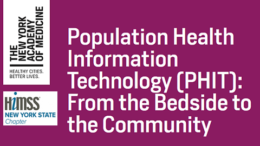Achieving Population Wellness by Expanding Data Horizons
By Kurt Waltenbaugh – Consider that 60% of overall health is determined by socioeconomic and behavioral determinants, but make up just 4% of the national health budget. Conversely, just 10% of an individual’s overall health is determined by medical needs, yet approximately 88% of US healthcare spending goes towards patient care.
Read More








